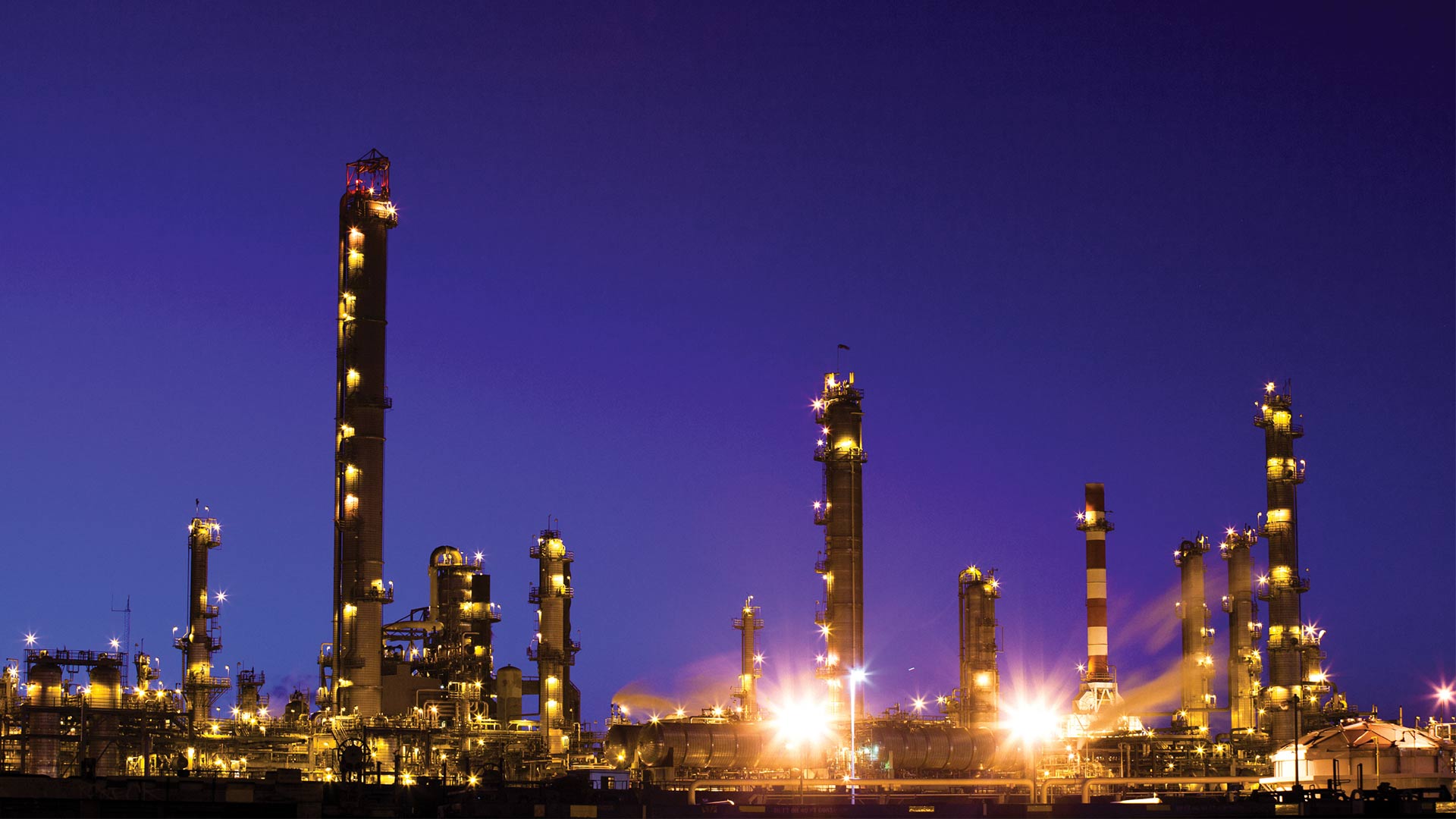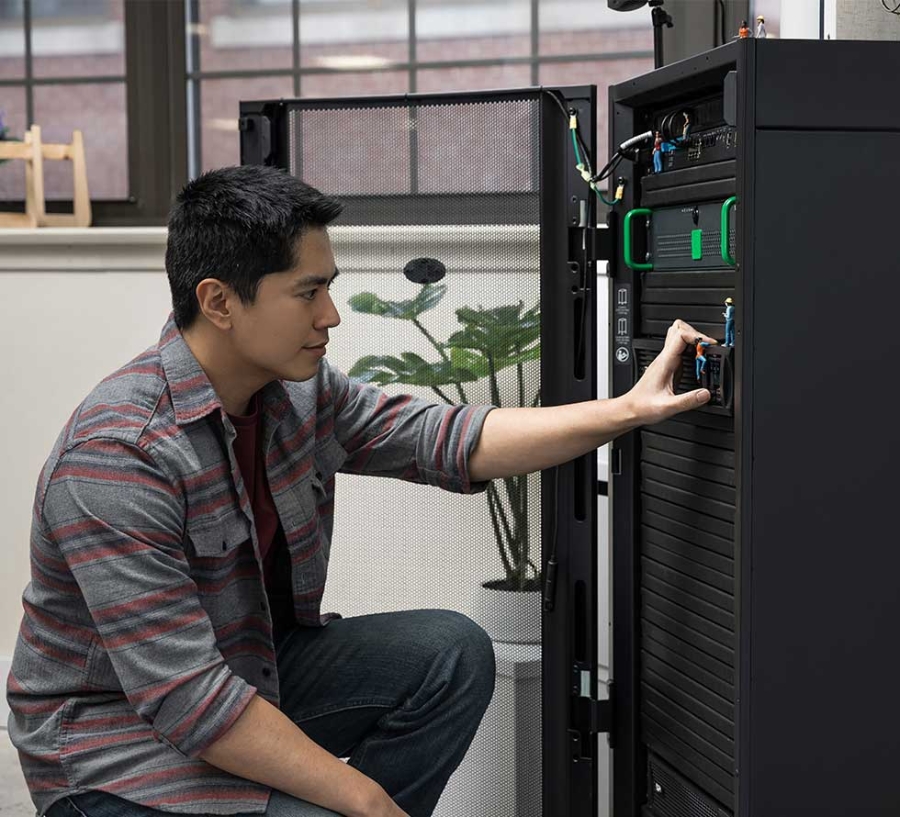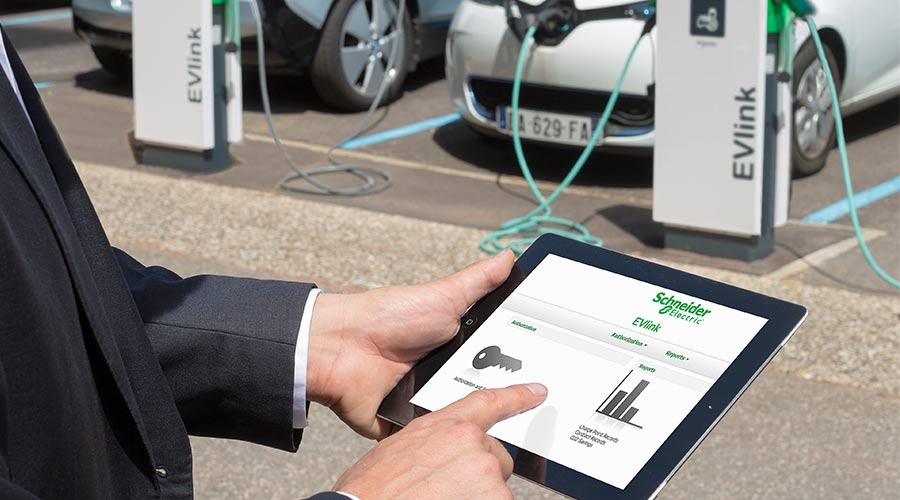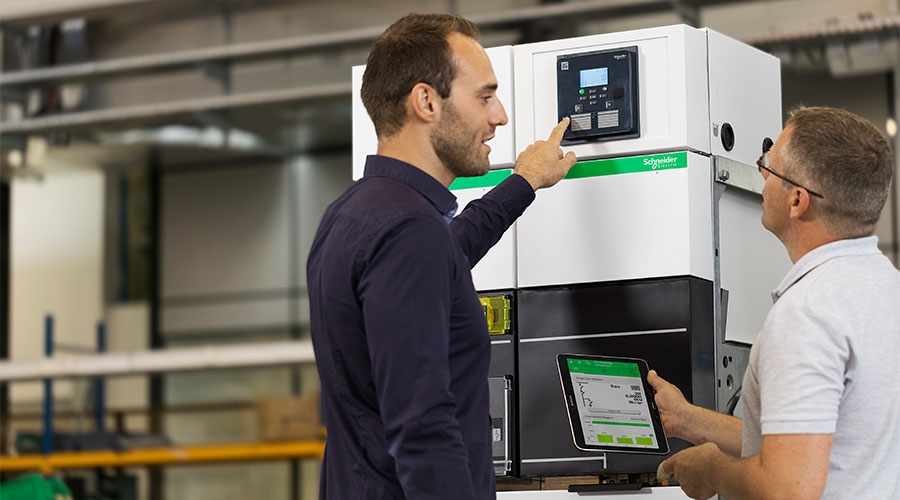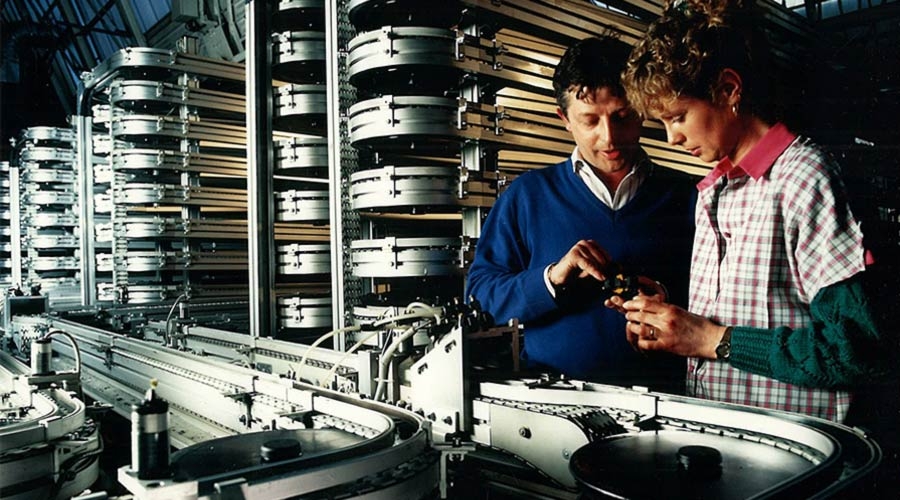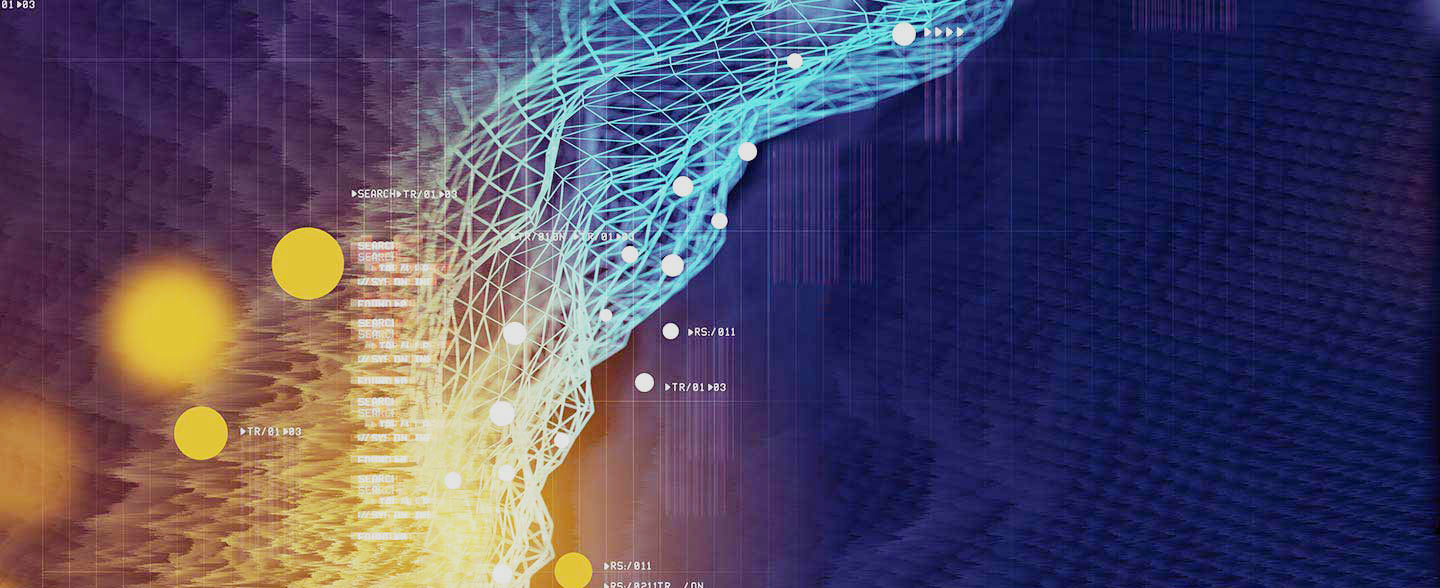Energy consumption is increasing day-by-day, and the same is true for the expectations of energy consumers who want more reliable and environment friendly energy solutions. To meet these expectations, the fundamental way of energy production, distribution and consumption has to change. A grid is the glue between energy supply and demand, and every grid downtime can severely impact the businesses, large or small, relying on it. For managing smarter demand and smarter supply, and reducing the downtimes in-between, smart grids are needed.
Take for example the concept of self-healing smart grids. These grids comprise of sensors, communication mechanisms, automated controls and advanced software to manage operational security even if abnormalities occur in the system. These self-healing smart grids are capable of identifying and troubleshooting minor and major faults with little or no human activation.
Therefore, tools like smart grids minimise the costs related to service failures and also isolate external attempts to interrupt the power supply. New smart grid enabled utility operation includes technologies that are designed to support fluctuating demand. Smart grid components include,
- Wide area networks, communications and security infrastructure
- Advanced metering infrastructure (AMI)
- Meter Data Management (MDM) system
- Distribution Automation

